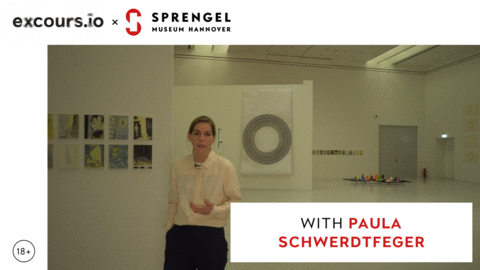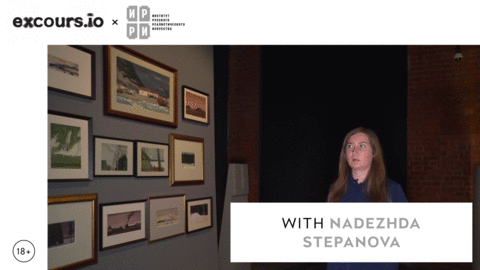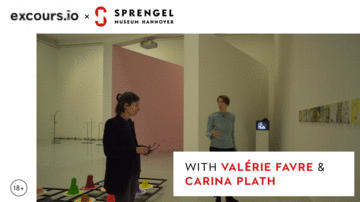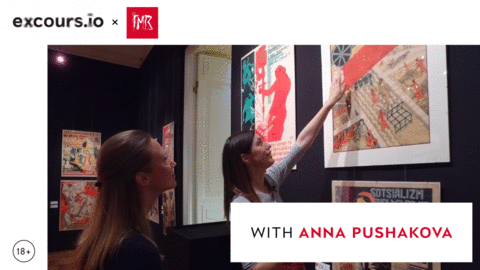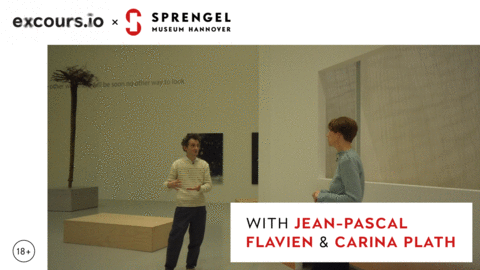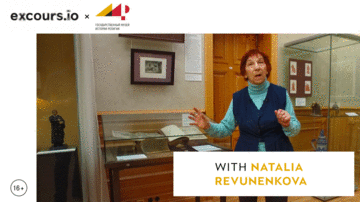HOW TO SURVIVE ― Art as Survival Strategy | with Paula Schwerdtfeger
The group exhibition presents a compelling exploration of how art provides resilience in times of personal and societal crisis. The exhibition features works by renowned artists like Gustav Metzger, Shusaku Arakawa, and Alina Szapocznikow, each of whom faced extreme adversity and transformed their experiences into profound artistic statements. Whether addressing environmental destruction, illness, or existential threats, these artists used creativity as a means to survive and challenge the limits of human endurance. The exhibition emphasizes the power of art to propose alternative perspectives when the world seems trapped in binary thinking. By engaging with radical artistic responses to crisis, visitors are invited to reflect on how creativity can offer strength, hope, and new possibilities for navigating the uncertainties of modern life. Art, in this context, becomes more than expression — it becomes a strategy for survival and transformation.
Why should you watch this?
The exhibition tackles pressing issues like climate change, personal trauma, and social upheaval, and having a knowledgeable guide helps to bring those themes to life. It’s not just about admiring the art; it’s about understanding the stories and survival strategies that inspired each piece. This context makes the art resonate even more, helping you connect with the messages in a meaningful way. In a time when we’re all looking for ways to navigate challenges, a guided tour offers fresh insights that can spark reflection and inspire hope.
Nissky. Horizon
Nissky. Horizon is a compelling exhibition at the Institute of Russian Realistic Art that explores the intricate relationship between contemporary art and traditional Russian realism. Featuring a diverse array of artists, the exhibition invites viewers to engage with works that reflect on cultural heritage while pushing artistic boundaries. Each piece serves as a dialogue between past and present, showcasing how contemporary creators reinterpret classical themes and techniques. This fusion not only honors the legacy of Russian art but also challenges perceptions, encouraging a deeper understanding of identity and artistic expression in today’s globalized context. Through thought-provoking installations and evocative imagery, Nissky. Horizon celebrates the enduring relevance of realism in contemporary discourse.
Why should you watch this?
This exhibition invites you to explore the intricate interplay between tradition and innovation in contemporary art. This showcase features a diverse array of works that challenge conventional narratives, offering fresh perspectives on cultural identity and artistic expression. By engaging with both established and emerging artists, the exhibition creates a dialogue that resonates with today’s societal themes. Don’t miss this opportunity to witness how contemporary art reflects and reframes our understanding of the world — each piece serves as a unique lens through which to view the complexities of modern life. Immerse yourself in this vibrant exploration and discover the transformative power of art.
HOW TO SURVIVE ― Art as Survival Strategy | with Valérie Favre & Carina Plath
The group exhibition presents a compelling exploration of how art provides resilience in times of personal and societal crisis. The exhibition features works by renowned artists like Gustav Metzger, Shusaku Arakawa, and Alina Szapocznikow, each of whom faced extreme adversity and transformed their experiences into profound artistic statements. Whether addressing environmental destruction, illness, or existential threats, these artists used creativity as a means to survive and challenge the limits of human endurance. The exhibition emphasizes the power of art to propose alternative perspectives when the world seems trapped in binary thinking. By engaging with radical artistic responses to crisis, visitors are invited to reflect on how creativity can offer strength, hope, and new possibilities for navigating the uncertainties of modern life. Art, in this context, becomes more than expression — it becomes a strategy for survival and transformation.
Why should you watch this?
The exhibition tackles pressing issues like climate change, personal trauma, and social upheaval, and having a knowledgeable guide helps to bring those themes to life. It’s not just about admiring the art; it’s about understanding the stories and survival strategies that inspired each piece. This context makes the art resonate even more, helping you connect with the messages in a meaningful way. In a time when we’re all looking for ways to navigate challenges, a guided tour offers fresh insights that can spark reflection and inspire hope.
Revolved Revolutions. On the Occasion of Centenary of the Great October Socialist Revolution
Why should you watch this?
HOW TO SURVIVE ― Art as Survival Strategy | with Jean-Pascal Flavien & Carina Plath
The group exhibition presents a compelling exploration of how art provides resilience in times of personal and societal crisis. The exhibition features works by renowned artists like Gustav Metzger, Shusaku Arakawa, and Alina Szapocznikow, each of whom faced extreme adversity and transformed their experiences into profound artistic statements. Whether addressing environmental destruction, illness, or existential threats, these artists used creativity as a means to survive and challenge the limits of human endurance. The exhibition emphasizes the power of art to propose alternative perspectives when the world seems trapped in binary thinking. By engaging with radical artistic responses to crisis, visitors are invited to reflect on how creativity can offer strength, hope, and new possibilities for navigating the uncertainties of modern life. Art, in this context, becomes more than expression — it becomes a strategy for survival and transformation.
Why should you watch this?
The exhibition tackles pressing issues like climate change, personal trauma, and social upheaval, and having a knowledgeable guide helps to bring those themes to life. It’s not just about admiring the art; it’s about understanding the stories and survival strategies that inspired each piece. This context makes the art resonate even more, helping you connect with the messages in a meaningful way. In a time when we’re all looking for ways to navigate challenges, a guided tour offers fresh insights that can spark reflection and inspire hope.
Only by faith! On the occasion of the 500th Anniversary of the Reformation
Unveiling the transformative journey of Protestantism, this exhibition showcases around 150 artifacts from the State Museum of the History of Religion, bringing to life the pivotal moments and influential figures, such as Martin Luther, that shaped this movement. Spanning from the 16th century to the present, it delves into the synergy between religion and culture, revealing how Protestant ideals influenced art, literature, and social change. This rich array of historical items not only contextualizes the theological underpinnings of the Reformation but also illustrates its enduring legacy in contemporary society. It is an enlightening exploration that challenges the boundaries between faith and creativity, inviting visitors to reflect on the profound impact of Protestantism on our world today.
Why should you watch this?
In today’s context, this exhibition on Protestantism serves as a crucial reflection on the enduring influence of religion in shaping contemporary values, culture, and identity. As society navigates complex discussions around faith, freedom of expression, and social justice, the historical insights revealed through artifacts and narratives from the Protestant Reformation prompt us to consider how these early movements laid the groundwork for modern thought and civil rights. By revisiting the struggles and triumphs of figures like Martin Luther, we gain a deeper understanding of the ideological battles that resonate in current debates about religious tolerance, individualism, and community life. This exploration invites us to connect the past to the present, encouraging critical dialogue on the role of faith in our increasingly pluralistic world.

